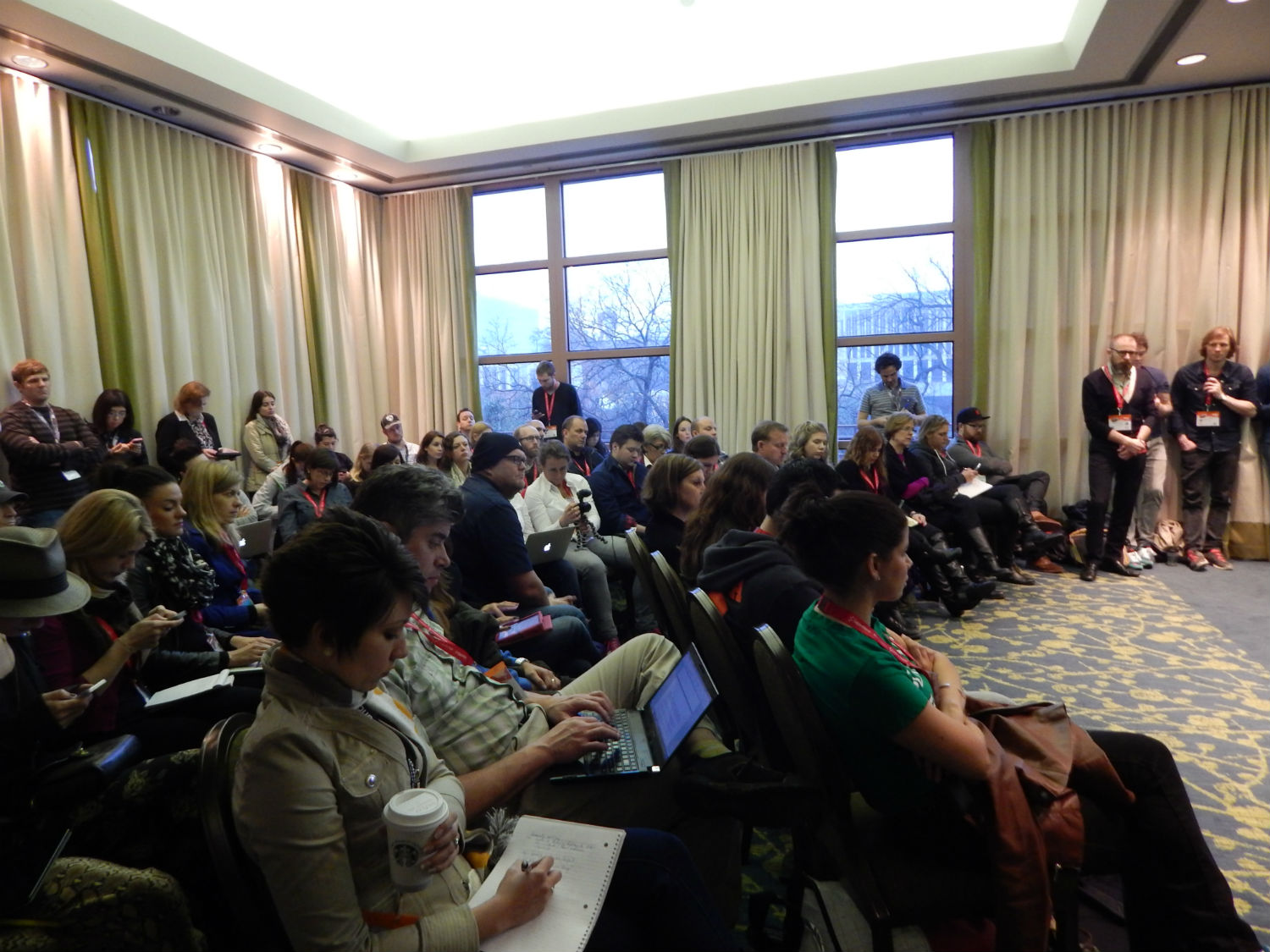The High on Hashtags session room was packed and standing room only and included a discussion and back and forth dialogue between Scott Fischler, the founder of The Hashtag Game, and Eric Bader, the CMO of RadiumOne.
The session started with a reminder that hashtags can be extremely useful for gaining third and first party data, but they can also be misused. Fischler and Bader stated that when it comes down to it, social media has the best real time data for marketers.
Hashtags Provide Rich Data
If you’re talking about a product and sharing it with your social network, that is good data for a marketers. It’s always a good thing for consumers because marketing is more relevant, which is also good for marketers because there is a higher ROI. For marketers, to make hashtags relevant, they need to be tracked and put in huge pool of data and then put into segments in order to garner specific information.
Hashtags do provide rich data because sentiment can be gathered from hashtags, both negative and positive. Negative sentiment isn’t a bad thing, it can make you proactive. When it comes down to it, hashtags are a real-time call for response that elicits immediate sentiment.
Local and Content Discovery
One of the great things about hashtags is that they can be a crucial component of localized campaigns. Localized hashtags can have a lot of energy. It’s good for brands that hashtags can be localized. It makes campaigns more specific and helps look for trends, signals, and sentiment. They also stated that there’s no such thing as global brand or global media, it is all localized. Hashtags signify that.
When it comes to content discovery, hashtags are amazing. On the regular user side, people notice hashtags and do research to see what it’s all about, which encourages them to join in. On the marketer side, hashtags are a good source of blog content, because it allows you to see what other people are interested in.
Main Takeaway
Hashtags help discovery of trends, topics, sentiment.
Photo taken by author.




